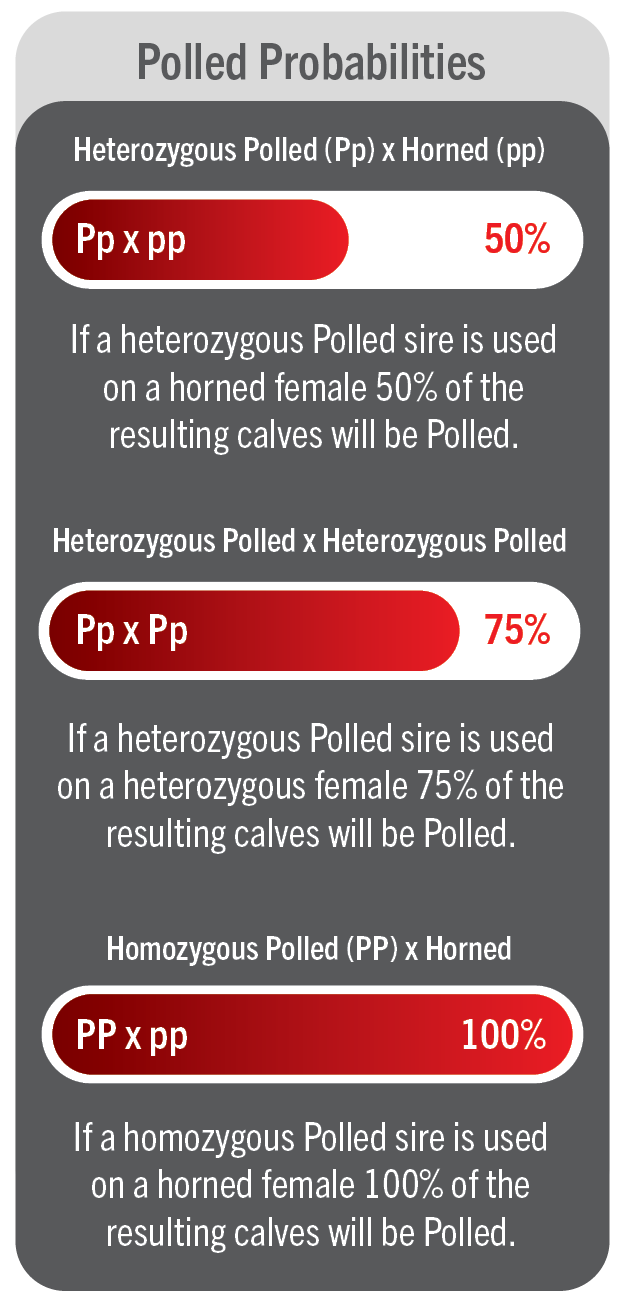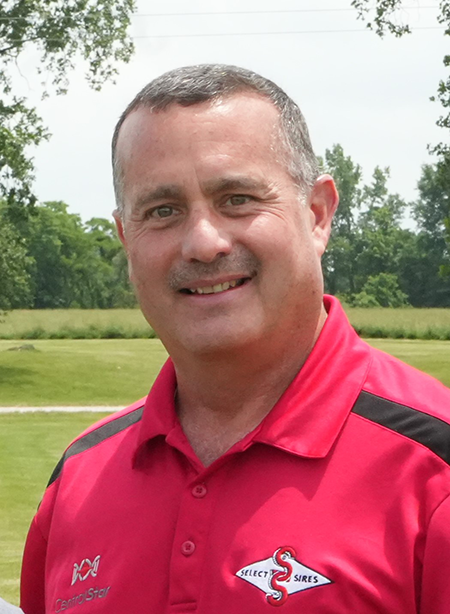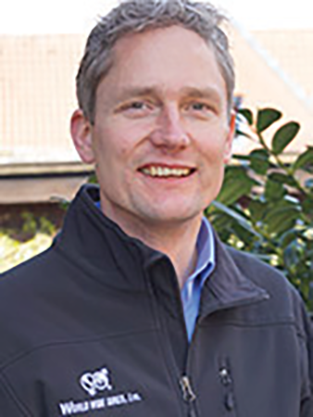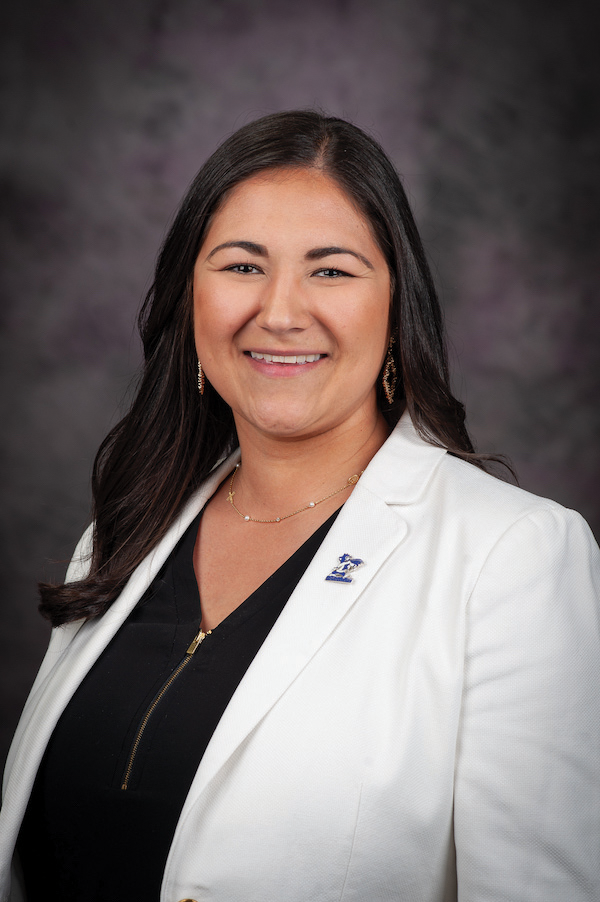A Global Perspective on Disbudding and Dehorning 
Polled genetics are being encouraged globally with the implementation of updated animal welfare practices. While new to the United States, requirement of anesthesia has already been mandatory for five years in Germany for animals over six weeks of age.
Veterinarians are required to carry out the procedure and provide pain management aids. Learn more about how German dairy farmers are leveraging Polled genetics in their herds from Hubertus Wasmer below.
Leveraging Polled Genetics as a Management Tool
Calves are known to experience periods of stress following disbudding and dehorning followed by reduced feed intake and sluggish behavior. Leveraging Polled genetics provides an opportunity to avoid this period of stress and allow developing calves to
maximize their growth potential.
The average cost of disbudding ranges from $12 to $13. Labor and employee training are additional costs. Polled genetics reduces the number of tasks on your to-do list and cuts additional costs.
Avoid Standstill in your Genetic Advancement
With Select Sires’ current Polled genetic offering you can add the Polled gene to your herd without losing sight of other genetic targets. The available Polled sires have been developed with herd improvement in mind and many rank well in comparison
to non-Polled options for indexes such as Herd Health Profit Dollars® (HHP$®).
Select Sires’ genetic development team has honed in on creating genetically diverse lines within the Polled population. The current genetic offering provides 52 Polled Holstein sires with 33 different sire fathers. The Polled sire options for other
breeds continues to grow. Select Sires offers 21 Polled Jersey sires, three Polled Brown Swiss sires, one Polled Ayrshire sire and one Polled Guernsey sire.
Industry Q&A
 Jeff Ziegler, Vice President of Dairy Cattle Breeding, Select Sires Inc.
Jeff Ziegler, Vice President of Dairy Cattle Breeding, Select Sires Inc.
Why is developing a Polled lineup a priority for Select Sires?
As genetic developments evolve, incorporating efficiencies is a win-win for the animal and producers. Now that Polled genetics are much closer in genetic value to the horned population, it only makes sense to take advantage of these bloodlines.
What criteria is the sire team focusing on when creating matings and selecting for new Polled sires?
Our goal is to maximize the combination of production, fertility, health and the proper conformation in each mating. Select Sires’ HHP$ index is an easy way for us to identify whether or not a sire meets our selection criteria. Breeding for
Polled alone is simply not enough. Select Sires believes in breeding programs that incorporate the complete package of profitable genetics. Polled is no exception, and is growing in desires from a niche market to a characteristic that the most selective
breeders are requesting.
Are you seeing trends that may be signaling breeders to increase the use of Polled genetics?
The use of Polled genetics means one less stress event in high-quality calf rearing programs. Breeders are no longer sacrificing large scale genetic loss just to incorporate Polled genes. The Polled population also adds another level of genetic diversity
in bloodlines, which is always a welcomed addition.

Hubertus Wasmer, Managing Director, World Wide Sires Deutschland GmbH
What has influenced the increased use of Polled genetics in your country?
Since the implementation of the 2019 Animal Welfare Act there has been heavy pressure to incorporate Polled genes into German dairy breeding programs. Many breeders leverage Polled genetics to reduce veterinarian costs and additional tasks associated
with disbudding as documentation and animal husbandry records are required when these procedures are carried out.
How have Polled genetics changed in Germany over the past decade?
Genetic quality of Polled sires has improved in recent years in Germany. The wide range of options and confidence in Polled genetics has led to a significant increase in the Polled population of animals in Germany. Of the female Holstein population genomically
tested in 2023, 21% are Polled with 2.7% being homozygous Polled (PP). In the Red and White Holstein population 48% are Polled with 9% being homozygous Polled.
What does the future look like for Germany's Polled Holstein population?
Further growth of Germany’s Polled Holstein population is expected. By 2025, we anticipate that 40% of Holstein breedings will be to heterozygous Polled (Pp) sires and 32% to homozygous Polled (PP).

Dr. Maci Mueller, Assistant Professor, Kansas State University
What are the costs associated with disbudding in the United States?
Disbudding costs vary across farms due to several factors, including the method used, pain relief options, labor costs and experience, equipment and facilities, and potential veterinary treatments. In 2017, the estimated cost of disbudding ranged from
$6 to $25 per head, with an average cost of $12 to $13 (Thompson et al., 2017).
According to Thompson et al. (2017), producers could spend an additional $5.95 per head for heterozygous Polled sires and $11.90 per head for homozygous Polled sires when compared to horned genetics. This translates to an extra $2.08 and $4.17 per straw
of semen, assuming an average conception rate of 35%.
What are the economic benefits to adding Polled genetics to herds?
Beyond cost considerations, recent consumer studies have shown a willingness to pay a premium for dairy products from Polled animals or farms that provide pain relief during disbudding (Bir et al., 2020; Bir et al., 2021b). As disbudding is a primary
animal welfare concern (Widmar et al., 2017), public pressure to eliminate these practices is likely to increase, potentially raising market premiums for products from Polled genetics.
Polled article Q&A references provided by Dr. Mueller: Bir C., Delgado M.S., Widmar N.O. (2021) Agricultural and Resource Economics Review. 50(1):99-126. https://doi.org/10.1017/age.2020.12.; Bir C., Widmar N.O., Thompson N.M., Townsend J., Wolf C.A. (2020) J Dairy Sci. 103(4):3234-49. https://doi.org/10.3168/jds.2019-17031.; Thompson N.M., Widmar N.O., Schutz M.M., Cole J.B., Wolf C.A. (2017) J Dairy Sci. 100(6):4941-52. https://doi.org/10.3168/jds.2016-12099. Widmar N.O., Morgan C.J., Wolf C.A., Yeager E.A., Dominick S., et al. (2017) Agricultural Sciences. 8(07):645. https://doi.org/10.4236/as.2017.87049.